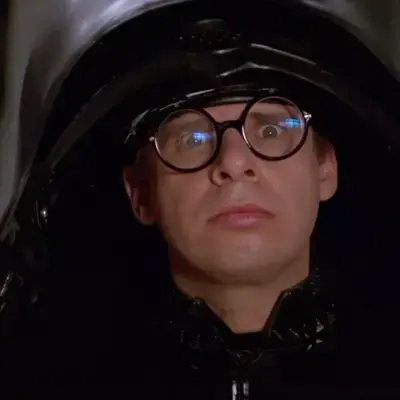Research paper referenced in the video that makes Dr. Hossenfelder very worried:
Global warming in the pipeline: https://academic.oup.com/oocc/article/3/1/kgad008/7335889
Abstract
Improved knowledge of glacial-to-interglacial global temperature change yields Charney (fast-feedback) equilibrium climate sensitivity 1.2 ± 0.3°C (2σ) per W/m2, which is 4.8°C ± 1.2°C for doubled CO2. Consistent analysis of temperature over the full Cenozoic era—including ‘slow’ feedbacks by ice sheets and trace gases—supports this sensitivity and implies that CO2 was 300–350 ppm in the Pliocene and about 450 ppm at transition to a nearly ice-free planet, exposing unrealistic lethargy of ice sheet models. Equilibrium global warming for today’s GHG amount is 10°C, which is reduced to 8°C by today’s human-made aerosols. Equilibrium warming is not ‘committed’ warming; rapid phaseout of GHG emissions would prevent most equilibrium warming from occurring. However, decline of aerosol emissions since 2010 should increase the 1970–2010 global warming rate of 0.18°C per decade to a post-2010 rate of at least 0.27°C per decade. Thus, under the present geopolitical approach to GHG emissions, global warming will exceed 1.5°C in the 2020s and 2°C before 2050. Impacts on people and nature will accelerate as global warming increases hydrologic (weather) extremes. The enormity of consequences demands a return to Holocene-level global temperature. Required actions include: (1) a global increasing price on GHG emissions accompanied by development of abundant, affordable, dispatchable clean energy, (2) East-West cooperation in a way that accommodates developing world needs, and (3) intervention with Earth’s radiation imbalance to phase down today’s massive human-made ‘geo-transformation’ of Earth’s climate. Current political crises present an opportunity for reset, especially if young people can grasp their situation.
My basic summary (I am NOT a climate scientist so someone tell me if I’m wrong and I HOPE this is wrong for my children), scientists had dismissed hotter climate models due to the fact that we didn’t have historical data to prove them. Now folks are applying hotter models to predicting weather and the hotter models appear to be more accurate. So it looks like we’re going to break 2C BEFORE 2050 and could hit highs of 8C-10C by the end of the century with our CURRENT levels of green house gases, not even including increasing those.
EDIT: Adding more sources:
Use of Short-Range Forecasts to Evaluate Fast Physics Processes Relevant for Climate Sensitivity: https://agupubs.onlinelibrary.wiley.com/doi/full/10.1029/2019MS001986
Short-term tests validate long-term estimates of climate change: https://www.nature.com/articles/d41586-020-01484-5



the vast majority of the soy fed to animals is the byproduct of soybean oil production: about 85% of all soybeans globally are pressed for oil.
And up to 80% of corn is used for animal feed
but a great deal of that is silage: I don’t eat corn stalks or cobs.
So? There’s more than enough space to grow more without approaching the greenhouse gas levels of meat production. If 30% of crop yields were inedible, that would still be far less waste than happens due to eating on a higher trophic level.
why shouldn’t we feed the inedible silage to livestock? that’s a conservation of resources
It’s not. Livestock needs more silage than we would produce for ourselves and creates additional waste products in the form of greenhouse gases while digesting the silage. If we reduced the amount of livestock, you’d have to increase transportation costs to get the silage to the animals. They’re just not an efficient addition to the system on a large scale at all
so? they can still help us reclaim some of the effort put into growing crops that otherwise would go to waste.
We can turn silage into ethanol, fertilizer, or whiskey, it doesn’t go to waste.
we already do that. but food production is also a good use for it. i would argue it’s the best use.
no, you wouldn’t
How do you get the silage from the farms to the now reduced livestock? Less livestock means a longer average trip.
not necessarily
no, they don’t.
So you’re saying that livestock is exclusively fed off of byproducts of human vegetable production? That’s incorrect.
I didn’t say that. you are arguing with a strawman
What means so much ground, water and fertilizer can be saved by not eating so much next, what is the whole point.
I think your autocorrect has made this unreadable